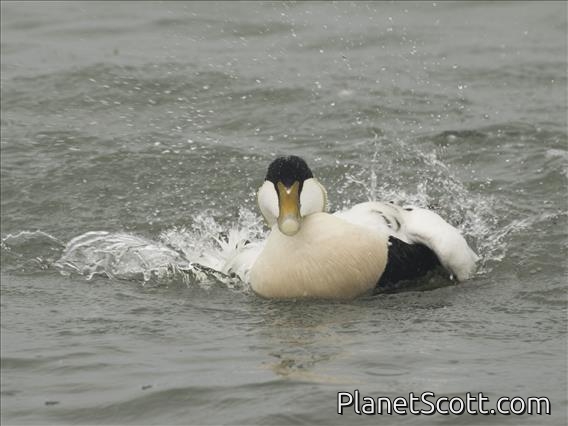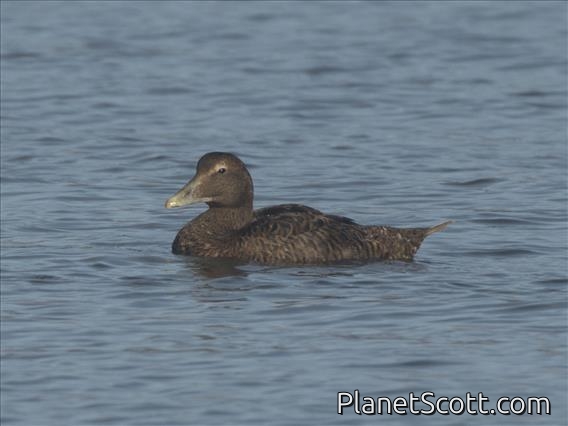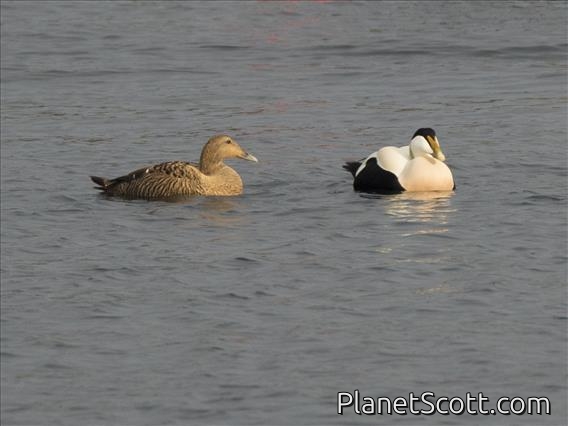Common Eider (Somateria mollissima)

Common Eider (Somateria mollissima)

Common Eider (Somateria mollissima)

Common Eider (Somateria mollissima) - Non-breeding

Common Eider (Somateria mollissima) - Breeding Plumage




×





Common Eider (Somateria mollissima)

Common Eider (Somateria mollissima)

Common Eider (Somateria mollissima) - Non-breeding

Common Eider (Somateria mollissima) - Breeding Plumage
About Common Eider (Somateria mollissima)
- Kingdom: Animals
- Phylum: Chordates
- Class: Birds
- Order: Anseriformes
- Family: Swans, Geese, and Ducks
The common eider, also called St. Cuthbert's duck or Cuddy's duck, is a large sea-duck that is distributed over the northern coasts of Europe, North America and eastern Siberia. It breeds in Arctic and some northern temperate regions, but winters somewhat farther south in temperate zones, when it can form large flocks on coastal waters. It can fly at speeds up to 113 km/h (70 mph).
Source: Wikipedia
Lifelists
Visits
-
2014-07-17
Nome--Safety Sound, United States of America -
-
-
-
-
-
-
-
-
-
-
-
-
-
-
-
-
-







